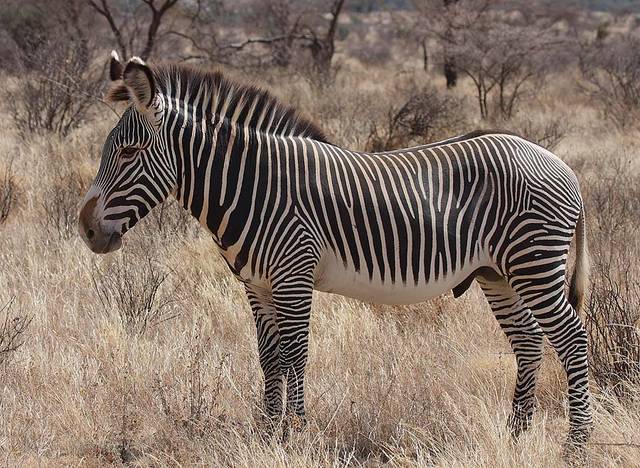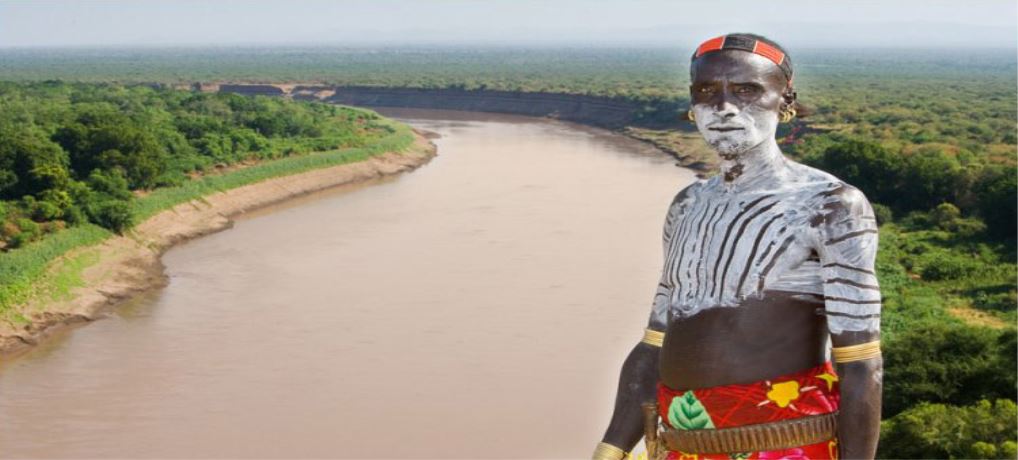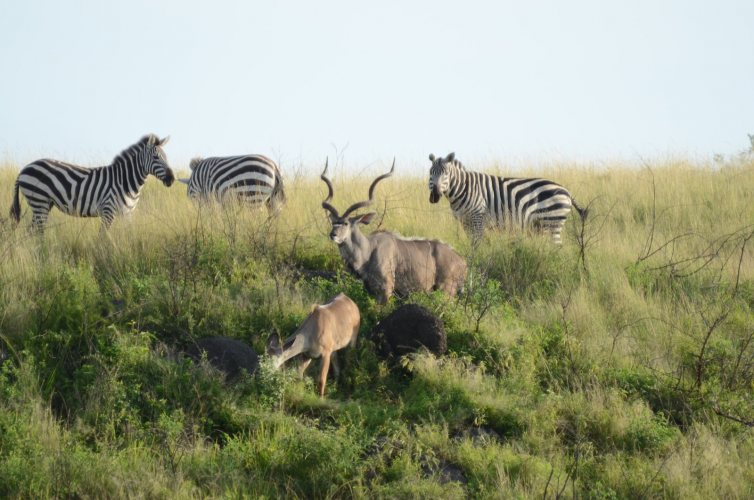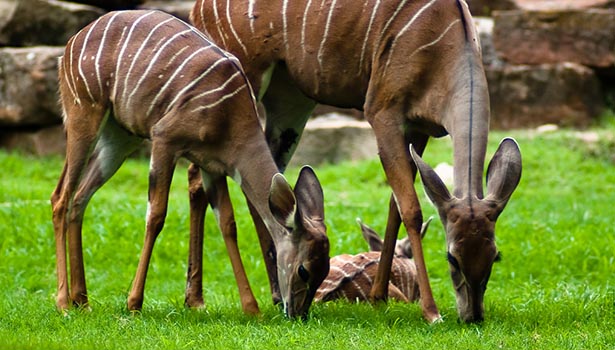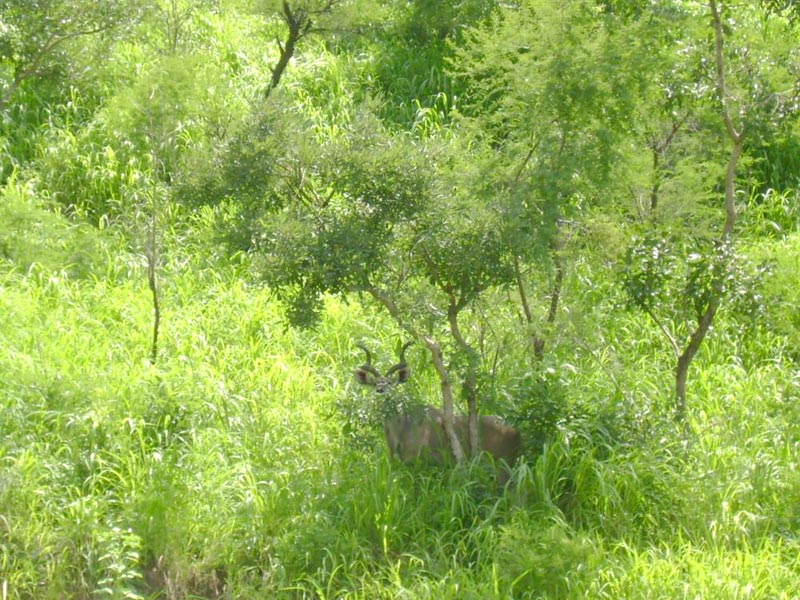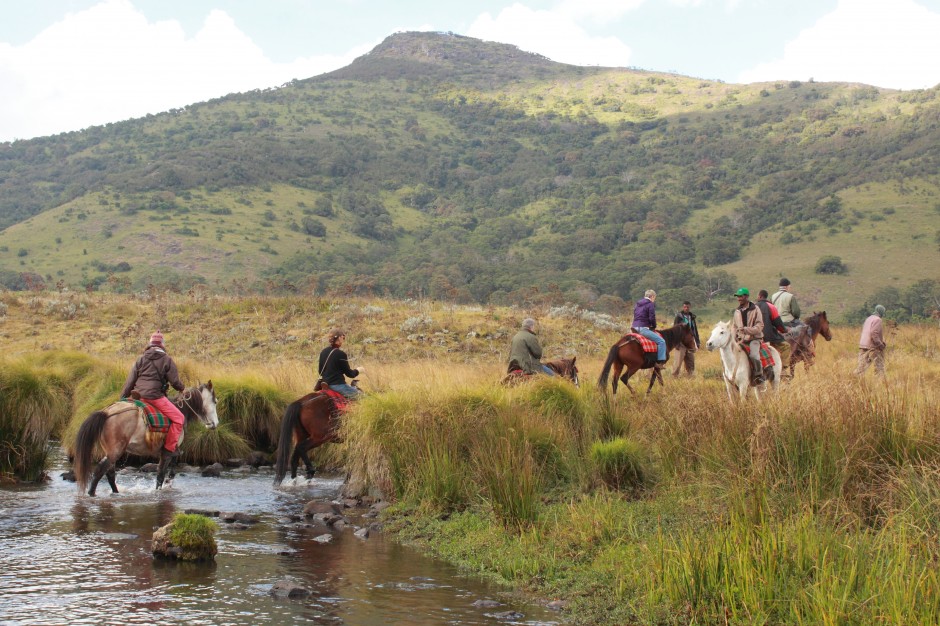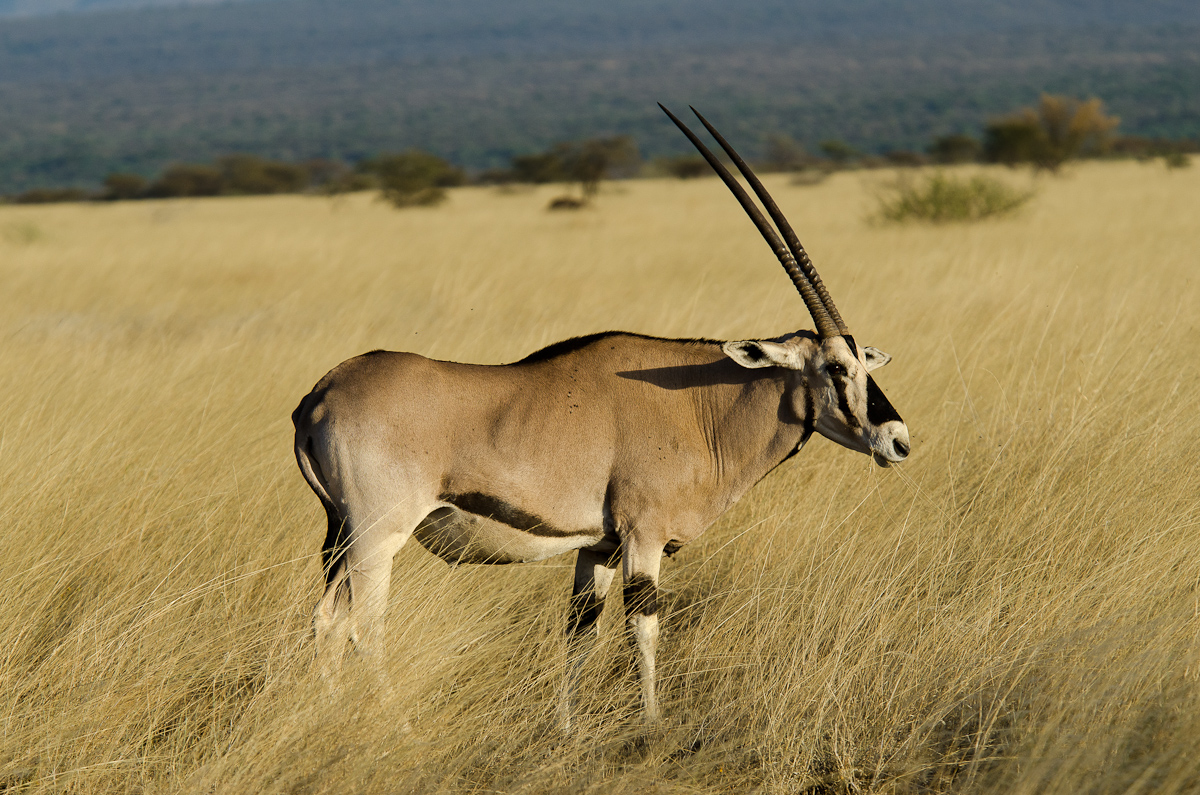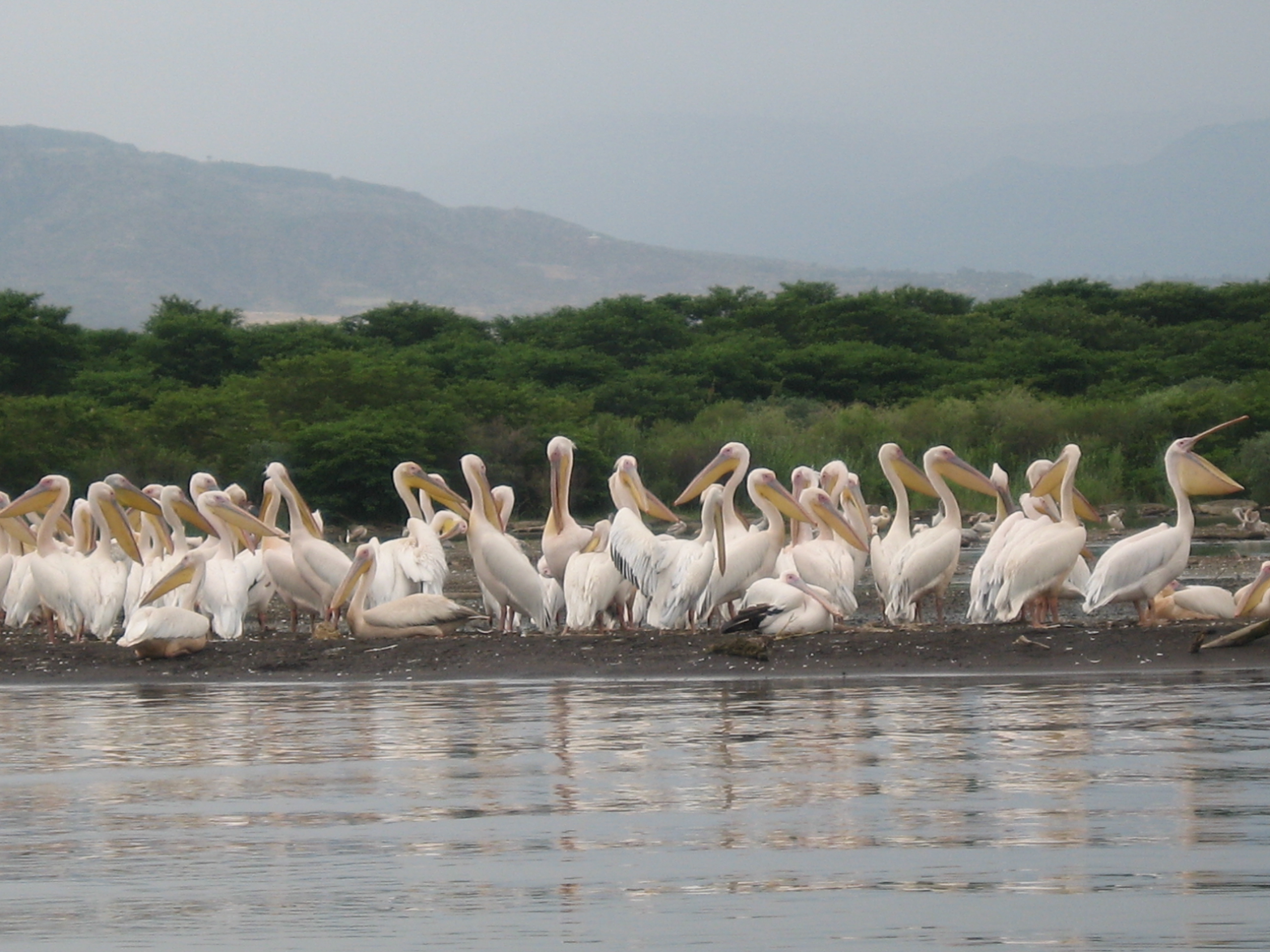Bale Mountains National Park: This is a magnificent high altitude plateau with numerous dramatic volcanic plugs, seasonal tiny alpine lakes and cascading mountain streams. Located at about 400 kilometres from Addis Ababa, it is stretched over an area of 2000 square. kilometress with in altitude ranges of 1500m-4377m above sea level. Being the largest Afro Alpine habitat park in Africa, Balé mountain National Park offers the following major features of attraction.
It gives chances of viewing about 46 mammal and more than 200 bird species and vegetation of unspoiled wonderland including various tree species and precious endemic mammals, namely Red Fox, Mountain Nyala, and Menelik’s Bushbuck.
Its climate is mostly very cold with high rainfall and damp cloud with rare sparkling blue sky. The best season of walking, trekking and camping in the park to view the endemic life and enjoy other tourist activities in the astonishing vast alpine areas is the dry season which is from November to March. Visitors can also enjoy the habitat at all seasons with warm and weather proof clothing.
The three main divisions of the park, includes the northern area-Dinsho and Gassay Plain the central alpine part-Sanaté, and the southern forest area-Haranna that offer distinct features. Dinsho area is the perfect site of viewing Mountain Nyala and Menelik’s Bushbuck, etc. Tourists can also visit the head quarter and the museum of the park here at Dinsho and get lodge service and relevant information about the park.
Sanaté, nick-named as “ The Island in the Air”, is a high plateau souring up over 4000m on top. The second highest peak next to Ras Dashen in Ethiopia, Tullu Dimtu (4377m above seal level), is among many peaks on the plateau found. An all weather road from Goba to Dallo Manna passes over this plateau. The seasonal tiny alpine lakes, some rare birds, and above all, the endemic Red Fox, and giant Molrat the top tourist attraction mostly specific to Balé Mountains National Park are spotted here.
The southern Haranna area is an area of lower altitude covered with dense moist tropical forest. The road penetrating Sannaté and Haranna forest connects Goba with Dallo Manna. Bush pig, a frican hunting dog, giant forest hog, spotted hyena, lion, leopards, colobus monkey, etc. abound in Haranna forest area.
The beautiful rainbow and trout fish stocked in the park rivers with fry from Kenya in 1960 may give tourists a fishing opportunity if they have time.
The lodge at Dinsho provides tourists with 31 beds (room 6) and kitchen equipment for self service. The accommodation is simple but pleasant. Camping at Dinsho and at different sites in the park gives great delight to tourists. The Bekelé Mola (at Robé) and the Wabé Shebelé (at Gobba) Hotels welcome tourists with accommodation and catering services.
While in Bale Mountains National Park there are important specific sites worth visiting, these are Dinsho head quarter site, Gassay Valley, sannate- Tullu Dimtu, Harana escarpment, Harana forest-Kacha site Weib valley and others.
Touristic Appeal: The Bale Mountains National Park is an area of major importance in nature conservation, scientific research, education and tourism. Among the major factors that contribute to its tourist appeal, the following distinctive feature can be mentioned:
- The park conserves the largest area of afro alpine habitat on the continent of Africa;
- The Harana Forest, at the south of the area, is the second largest stand of moist tropical forest remaining in Ethiopia;
- The area is a centre of endemicity that conserves stocks of genetic materials, much of which is not just endemic to Ethiopia, but is confined only to these mountains;
- The area contains the largest population of endemic Mountain Nyala and the endangered Red Fox.
- The area also contains the entire global population of giant molerat etc.
